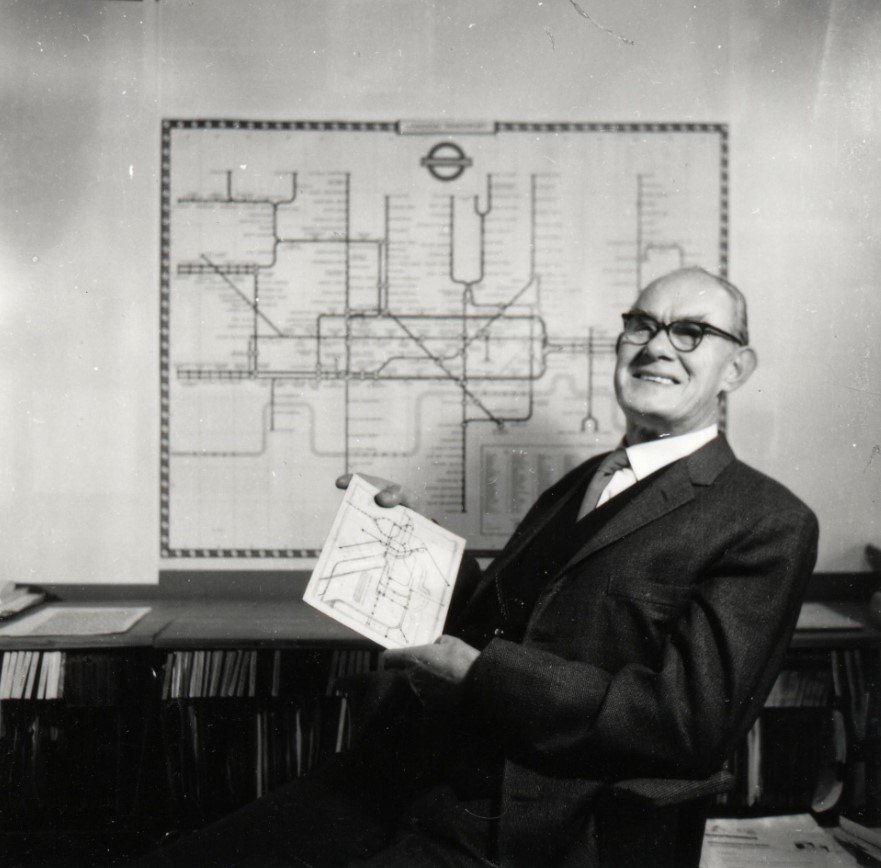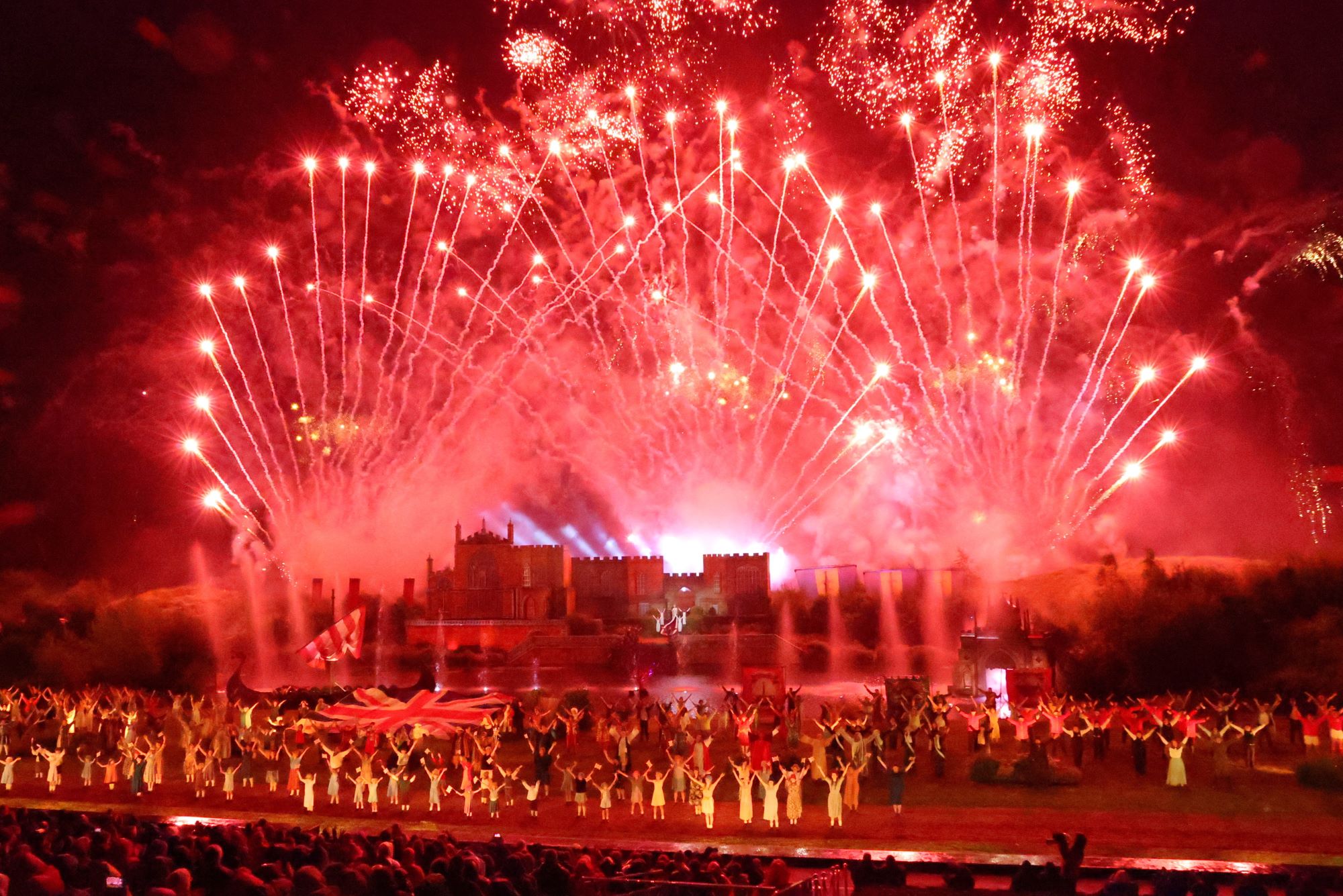Exhibit at Excursions™ – the original and longest-running domestic group travel show covering the UK…

‘The Year Was 1944’ exhibition opens at National Memorial Arboretum
New commemorative exhibition transports visitors back to a year of seismic change, telling stories from home and away
The National Memorial Arboretum, in Staffordshire, has launched a new commemorative exhibition that uses personal stories to explore the events of 1944. ‘The Year Was 1944’ captures how significant developments on the home front and the battlefield meant that 1944 was a year of seismic change and a turning point in the Second World War. The exhibition takes visitors on a journey down memory lane to 29 Cherry Tree Road to explore life inside Mr and Mrs Ball’s 1944 family home, complete with a replica Anderson shelter.

“‘The Year Was 1944’ exhibition transports visitors on an interactive and sensory journey back to 1944, telling real people’s stories of what life was like at home and away during that momentous year, through photos, artefacts and music,” said Rachel Smith, Head of Participation and Learning. “Following our ‘1944 – What’s Your Connection?’ call out for stories, people, organisations, and businesses from across the UK got in touch to share experiences or memories that have been passed down through generations, and these have been used in the curation of the exhibition, allowing visitors to put themselves in the shoes of those who lived through this year of momentous change.”
Grace Marie Osbourne from Long Eaton, Derbyshire, was 18 years old in 1944 and supported the war effort by working at a munitions factory. With rationing in full effect and planning her wedding ahead of her future husband’s deployment to the Far East with the Royal Electrical and Mechanical Engineers, she remembers preparing for her special day. “My dress was white satin, seven clothing coupons and cost £3 and 15 shillings, and my veil cost one guinea from Lipmans in Nottingham. I made all my bridesmaids’ dresses, and baked our wedding cake using rations. The flowers were from my brother’s greenhouse and the florist picked the best ones for my bouquet and kept the rest to sell in her shop. After the ceremony we went on our honeymoon to Bristol with family.”

Grace and Harry Fouracres’ wedding on 9 December 1944 at St Laurence’s Church, Long Eaton, Derbyshire
Just over a month after Grace and Harry were married on 9 December 1944, he was posted to India and Burma with the 14th ‘Forgotten’ Army, and was in Japan ‘just after the atomic bomb was dropped’. She did not see him again until May 1947.
Earlier this year, Grace, now 98, responded to the Arboretum’s request for memories and items that could help tell real people’s stories of what life was like in 1944. She offered a photo of the happy couple on their wedding day, which now features in the ‘1944 – What’s Your Connection?’ part of the exhibition, Grace still has her beautiful wedding gown after nearly 80 years.
This year marks the 80th anniversaries of many landmark moments of the Second World War, including the D-Day landings of 6th June 1944 – the largest seaborne invasion in history – which heralded the beginning of the liberation of western Europe.
“1944 was undoubtedly a turning point of the Second World War,” explains Rachel. “On the home front, continued food rationing, evacuations, and the new terrifying threat of missile attacks were having a huge impact on daily life at the same time as families worried about fathers, sons, and brothers involved in conflict overseas.”
‘The Year Was 1944’ exhibition is part of the Arboretum’s comprehensive programme of events and activities reflecting on the events of 1944. For details about the full visitor programme, including guided walks, talks, exhibitions and Remembrance services, visit: https://thenma.org.uk/1944



